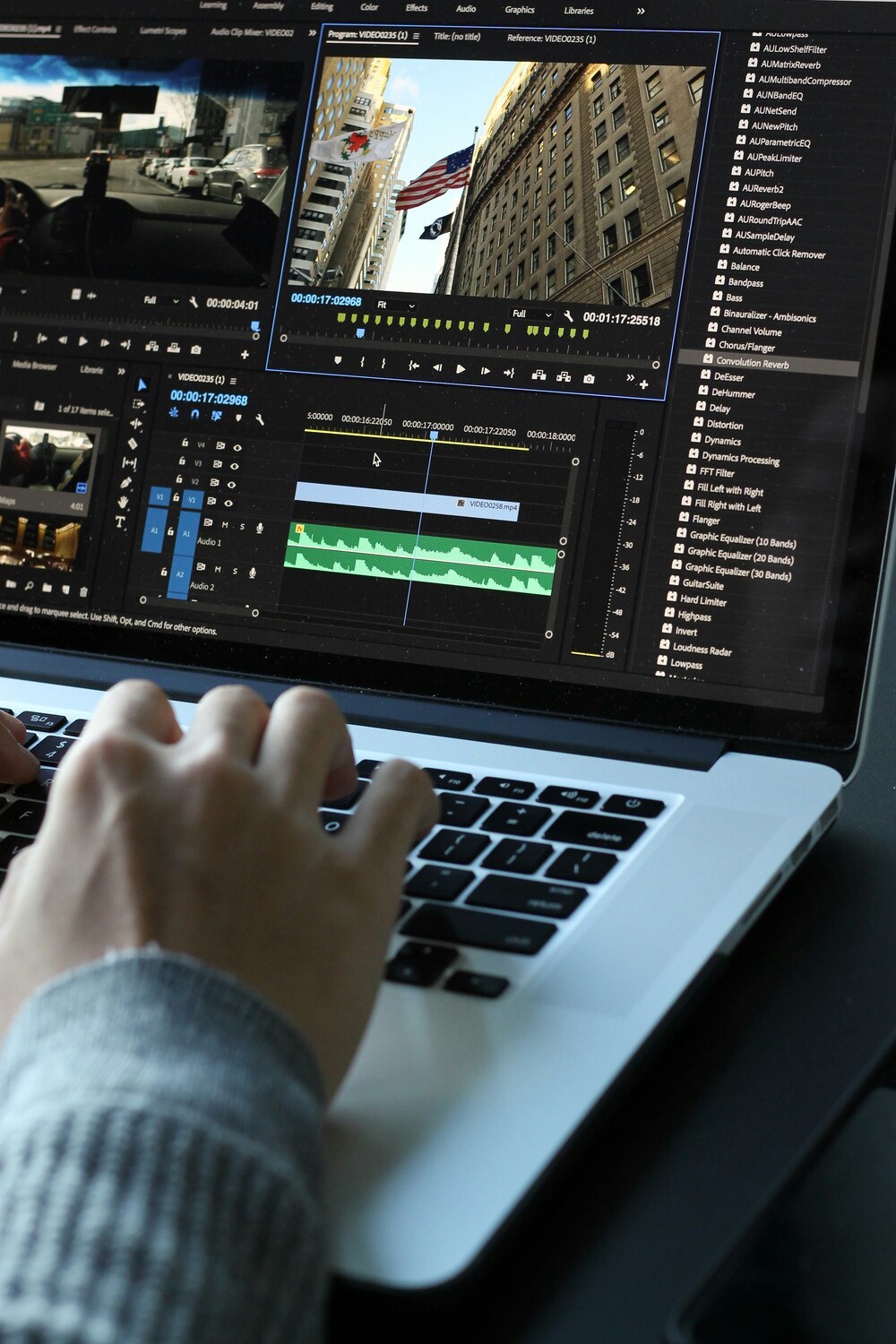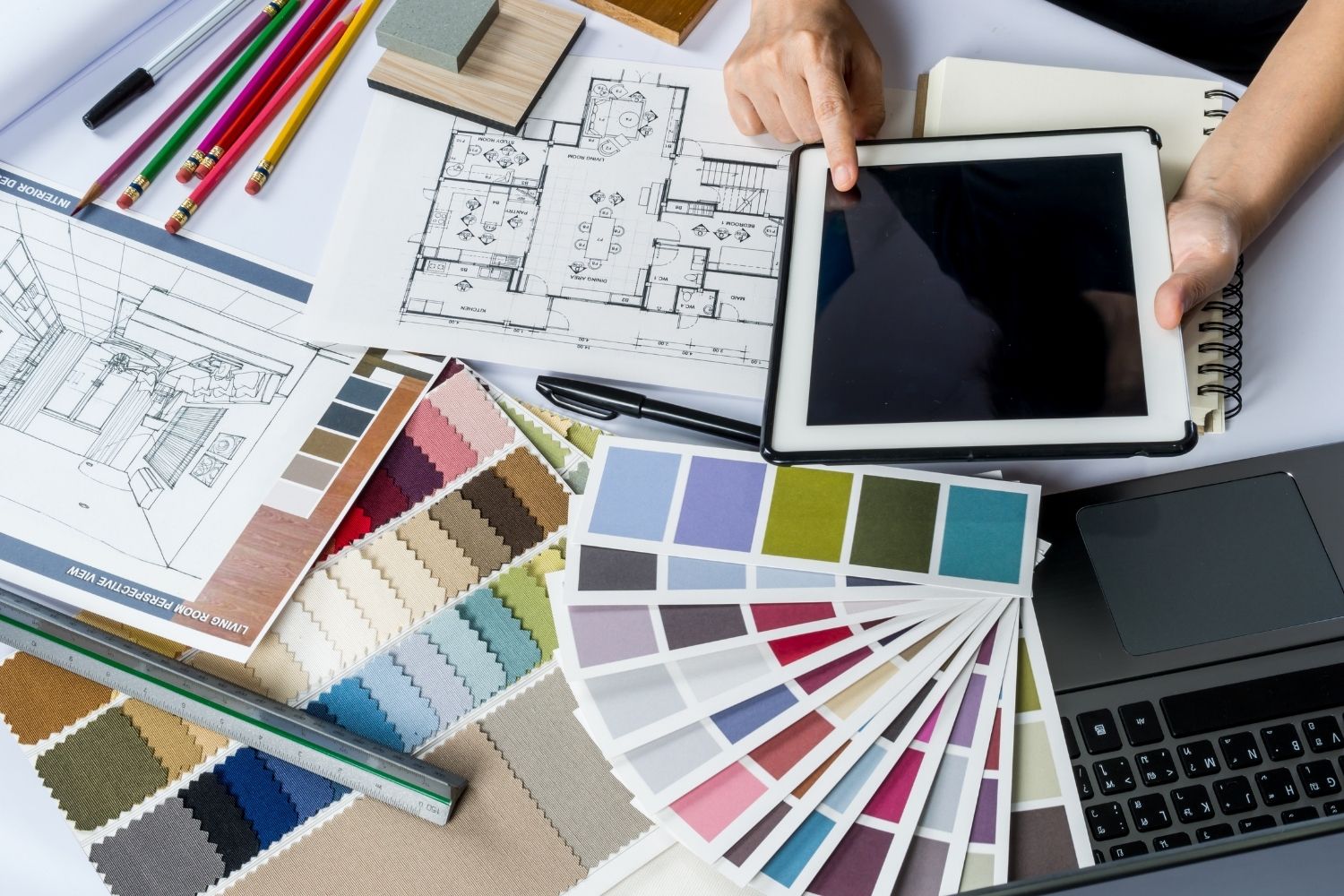- Home
- Articles
- Architectural Portfolio
- Architectral Presentation
- Inspirational Stories
- Architecture News
- Visualization
- BIM Industry
- Facade Design
- Parametric Design
- Career
- Landscape Architecture
- Construction
- Artificial Intelligence
- Sketching
- Design Softwares
- Diagrams
- Writing
- Architectural Tips
- Sustainability
- Courses
- Concept
- Technology
- History & Heritage
- Future of Architecture
- Guides & How-To
- Art & Culture
- Projects
- Interior Design
- Competitions
- Jobs
- Store
- Tools
- More
- Home
- Articles
- Architectural Portfolio
- Architectral Presentation
- Inspirational Stories
- Architecture News
- Visualization
- BIM Industry
- Facade Design
- Parametric Design
- Career
- Landscape Architecture
- Construction
- Artificial Intelligence
- Sketching
- Design Softwares
- Diagrams
- Writing
- Architectural Tips
- Sustainability
- Courses
- Concept
- Technology
- History & Heritage
- Future of Architecture
- Guides & How-To
- Art & Culture
- Projects
- Interior Design
- Competitions
- Jobs
- Store
- Tools
- More
Is it Possible to Make an Animated Video Using AI?

In the age of rapid technological advancement, artificial intelligence (AI) is revolutionizing various industries, including animation. The idea of creating an animated video using AI might sound like science fiction, but it is becoming increasingly possible and accessible. This article explores the potential of AI in animation, its current capabilities, and how it is transforming the animation industry.
Table of Contents
ToggleThe Role of AI in Animation
AI animation refers to the use of artificial intelligence algorithms and tools to automate and enhance the animation process. Traditional animation is labor-intensive, requiring skilled artists to create frame-by-frame drawings or 3D models. AI, however, can streamline and accelerate this process, making animation more efficient and cost-effective.
How AI Animation Works
AI animation utilizes various techniques and technologies, such as:
- Machine Learning: Algorithms learn from vast amounts of data to recognize patterns and generate animations that mimic human creativity.
- Neural Networks: These are modeled after the human brain and are used to create complex animations by processing and analyzing data.
- Natural Language Processing (NLP): AI can interpret scripts or storyboards to generate animations that align with the narrative.
- Computer Vision: This technology allows AI to understand and replicate human movements, making character animations more realistic.
These technologies enable AI to perform tasks that were once exclusively in the domain of human animators, such as creating realistic character movements, generating backgrounds, and even developing entire animated sequences.

Advantages of AI in Animation
AI animation offers numerous benefits:
- Speed: AI can significantly reduce the time required to create animations. Tasks that took weeks or months can now be completed in a fraction of the time.
- Cost-Effectiveness: Automating parts of the animation process can lower production costs, making it more accessible to smaller studios and independent creators.
- Consistency: AI can maintain a consistent style and quality throughout an animation, minimizing errors and inconsistencies.
- Innovation: AI opens up new creative possibilities, allowing animators to experiment with styles and techniques that were previously impractical.
Applications of AI Animation
The use of AI in animation is already being explored in various fields:
- Entertainment: AI is being used to create animated movies, TV shows, and video games. For example, studios can generate realistic character movements and facial expressions, enhancing the storytelling experience.
- Marketing and Advertising: Companies use AI video generators and AI-generated animations for engaging advertisements and promotional videos, creating captivating content that resonates with audiences.
- Education: AI animation can produce educational videos and interactive learning experiences, making complex subjects more accessible and enjoyable for students.
- Healthcare: AI can create animated simulations for medical training, helping professionals visualize procedures and understand complex medical concepts.
How AI Animation is Made
Creating an animated video using AI involves several steps:
1. Script and Storyboard
The process begins with a script or storyboard that outlines the narrative and visual elements of the animation. This serves as a blueprint for the AI to follow.

2. Data Collection
AI algorithms require data to learn from. This includes existing animations, videos, images, and motion capture data. The more data the AI has, the more accurate and realistic the animations will be.
3. Training the AI
The AI is trained using machine learning techniques. It analyzes the data, learns patterns, and develops the ability to generate animations. This training process can be time-consuming, but it is essential for high-quality results.
4. Animation Generation
Once trained, the AI can generate animations based on the script and storyboard. This can include creating character movements, facial expressions, and background scenes.
5. Refinement
Human animators review the AI-generated animations and make any necessary adjustments. While AI can automate much of the process, human creativity and expertise are still crucial for refining and polishing the final product.
List of AI Animation Tools
Several tools and platforms are available for creating AI animations:
- DeepMotion: Offers AI-powered motion capture and character animation solutions.
- NVIDIA GauGAN: Uses AI to transform simple sketches into realistic images and animations.
- Animaker: Provides a range of AI-driven animation tools for creating explainer videos, presentations, and more.
- RunwayML: Offers machine learning tools for creatives, including animation and video generation.
- Reallusion iClone: Combines AI with traditional animation techniques for creating realistic character animations.
While AI can automate much of the process, [Up Media, a professional video production agency says that] human creativity and expertise are still crucial for refining and polishing the final product.

Challenges and Future of AI Animation
While AI animation offers many benefits, it also presents challenges:
- Quality Control: Ensuring the quality and consistency of AI-generated animations can be difficult, requiring ongoing refinement and oversight.
- Ethical Considerations: The use of AI in creative industries raises ethical questions about the role of human artists and the potential for job displacement.
- Technical Limitations: AI technology is still evolving, and there are limitations to what it can achieve. Complex animations and intricate details may still require human intervention.
Despite these challenges, the future of AI animation is promising. As technology continues to advance, AI will become an increasingly integral part of the animation industry, driving innovation and expanding creative possibilities.
In conclusion, AI is transforming the animation industry by making the creation of animated videos faster, more cost-effective, and more innovative. With the right tools and techniques, animators can harness the power of AI to bring their visions to life, pushing the boundaries of what is possible in animation.
illustrarch is your daily dose of architecture. Leading community designed for all lovers of illustration and #drawing.
Submit your architectural projects
Follow these steps for submission your project. Submission FormLatest Posts
Essential Architecture Tools in 2026: Software, AI, and Physical Equipment
Architecture in 2026 demands more than design talent alone. From BIM and...
Light of Tomorrow by VELUX 2026
This competition encourages architects to design visionary spaces where natural light drives...
Top 10 Online Platforms to Find Apartments for Rent in San Antonio
San Antonio, Texas, with its vibrant culture, historical landmarks, and strong job...
Useful Tips for Planning A Backyard Layout That Feels Spacious
Creating a backyard that feels spacious can transform your outdoor experience, making...












Leave a comment